PHONE US: (778) 484 1484

What is interceptive orthodontics, and does my child need them?
December 21, 2018
When it comes to healthcare, it’s best to be as proactive as possible. Issues are almost always easier to treat when addressed as soon as they arise — and the same goes for orthodontics.
What is interceptive orthodontics?
Interceptive orthodontics simply means addressing issues as soon as they are identified. Misaligned teeth and jaw issues are treated as soon as they are detected, typically before the adult teeth have grown in fully. Since all children grow at different rates, there is no fixed age for interceptive orthodontics or braces; however, having your child assessed prior to the age of seven is recommended as a general rule of thumb.
Because interceptive orthodontics are applied as the child’s teeth and jaw are still growing, it’s possible to make corrections that would be difficult or even impossible to achieve later in life. Interceptive orthodontics may involve the use of braces, oral devices or behaviour modification.
How can I tell if my child needs interceptive orthodontics?
Ideally, you should bring your child to a dentist to be properly assessed. However, here are a few noticeable signs that your child may benefit from interceptive orthodontics:
Crowding
Some spacing between the teeth is normal and desired in children — crowding of the teeth, on the other hand, can lead to misalignment.
Deep bite
Do the upper teeth cover most of the lower when your child bites together? This is a deep bite, which should be addressed as soon as possible as it can not only affect the appearance of the face, but the functionality of the teeth and ability to keep them clean and healthy.
Mouth breathing
Children (and all people, really) should breathe through their noses at all times, with a complete lip seal. Observe them while they are watching TV, doing homework, or sleeping to see if they are breathing through their mouth. This could be a sign of future misalignment due to improper tongue posture, which may possibly be linked to airway obstruction.
Speech challenges
If your child is experience speech challenges, this could be related to tongue posture problems or tongue ties, which can result in uneven mouth pressures and crowding.
Crossbites
Do all of your child’s lower teeth fit inside the upper teeth, or are some criss-crossed? If there are signs of a crossbite, your child should be assessed for interceptive orthodontics before it results in uneven jaw growth.
Headaches
If a child is experiencing regular headaches, it could be a sign that their bite is misaligned and causing pressure and pain.
Joint noises
Does your child’s jaw make clicking sounds as they chew or talk? This is not a normal occurrence and should not be ignored as it could be a sign of misalignment.
Head posture
Does your child have a forward, tilted or rotated head posture? This could be related to the fit of the teeth.
If you would like to have your child assessed for interceptive orthodontics, book an appointment at Kelowna Dental Solutions. We are happy to work with parents to help them make the best decisions for their child’s oral health.
Preventing Dental Emergencies: What You Need to KnowJune 24, 2025
Dental emergencies can be painful, stressful, and often happen when you least expect them. &nbs...
Read MoreInvisalign vs. Traditional Braces: Which is Right for You?June 12, 2025
When it comes to achieving a straighter smile, modern orthodontic treatment offers more options than...
Read MoreA Day in the Life of a Dental Hygienist: The Unsung Heroes of Oral HealthJanuary 13, 2025
When you think of dental care, images of dentists wielding drills and bright lights might come to mind. Howev...
Read More